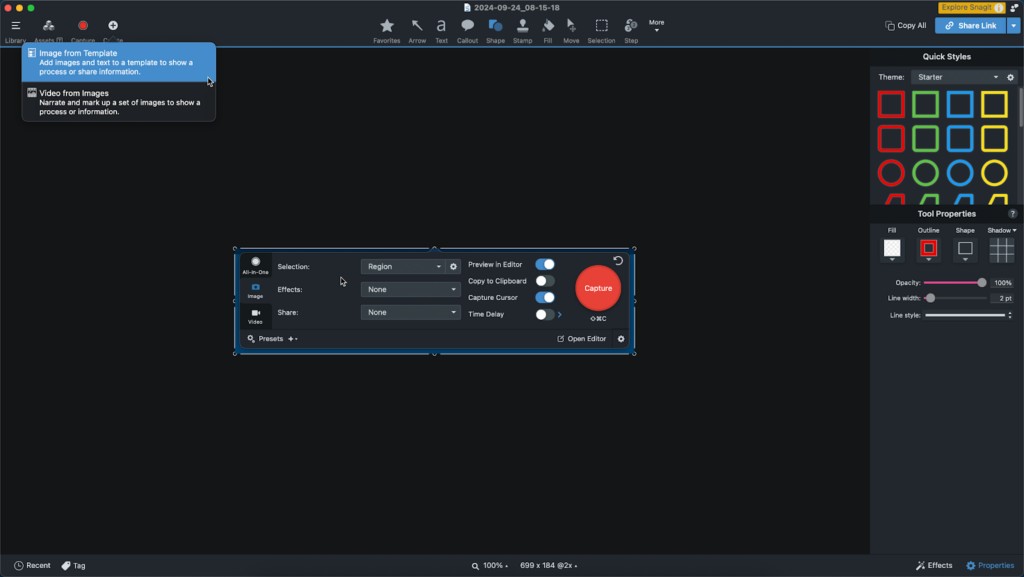Quick reference guides are invaluable tools for enhancing customer service and ensuring a positive user experience. They provide instant access to essential information about products, processes, or services. This guide will explore How To Create A Quick Reference Guide that is both effective and user-friendly.
What is a Quick Reference Guide?
A quick reference guide is a concise document designed to provide users with immediate access to essential information. Typically limited to one or two pages, these guides offer condensed instructions on product usage, process steps, or service features.
Unlike detailed user manuals, quick reference guides focus on brevity and accessibility. They serve as a bridge between initial unfamiliarity and basic competence, enabling users to quickly grasp key concepts and perform essential tasks.
Whether it’s a compilation of keyboard shortcuts, a process flowchart, or a list of frequently asked questions, the primary goal is rapid user enablement. In today’s fast-paced environment, quick reference guides are particularly appealing to users who need immediate answers without navigating extensive documentation.
Why are Quick Reference Guides Important?
Quick reference guides are especially beneficial for products or services with numerous functions, ranging from basic to advanced. They empower users to efficiently perform tasks, regardless of their skill level.
Consider a modern stove with advanced features like Convection Bake, Roast, and Bread Proof, controlled by a digital interface. While experienced bakers might appreciate these options, the average user primarily needs to warm up simple meals. A quick-start guide, provided by the manufacturer, allows users to quickly get started with basic baking functions.
This approach allows users to immediately benefit from the product’s core functionalities while providing a pathway to explore more advanced features later. Quick reference guides function as “cheat sheets,” enabling users to swiftly locate essential information and accomplish their goals.
Creating a Quick Reference Guide: Step-by-Step
Creating an effective quick reference guide requires a structured approach. Here’s a step-by-step guide to help you get started:
Step 1: Take Screenshots
Capture all necessary screenshots, adding annotations (arrows, text, highlights, etc.) to clarify each step. These visuals will form the core of your guide.
Step 2: Create Your Template
In your chosen software (e.g., Snagit Editor), select the option to create an image from a template. This provides a structured framework for your guide.
Step 3: Choose a Template
Select a suitable template from the available options. Consider templates designed for step-by-step instructions or those that offer a clear layout for presenting information.
Step 4: Add Images
Drag your prepared screenshots from the recent images tray into the designated placeholders within the template.
Step 5: Resize Images
Adjust the size and positioning of your screenshots within the template to ensure they fit properly and are easy to view.
Step 6: Add Text
Add concise descriptions and instructions in the provided spaces next to the images. Keep the text brief and easy to understand. Also, add a clear and concise title to the title box.
Common Types of Quick Reference Guides
Understanding your audience’s needs is crucial when selecting the appropriate type of quick reference guide. Here are several common types:
- Quick-Start Guide: Helps users quickly begin using a product’s basic features.
- Core or Basic Task Guides: Offers an overview of how to use a product or service’s essential functions.
- Guide to More Advanced Features: Introduces users to advanced functionalities.
- Guide to Product Changes: Highlights changes in a software update.
- Step-by-Step How-To: Outlines a process in sequential steps.
- User Manual for Products with Limited Features or Functionality: Serves as the primary documentation for simple products.
Consider the specific needs of your audience to determine the most effective type of guide.
Essential Elements of an Effective Quick Reference Guide
To create a truly effective quick reference guide, focus on the following key elements:
Know Your Audience and Their Needs
Understand what information your audience requires. Analyze online forums, conduct customer surveys, and consult with technical support staff to identify knowledge gaps and user pain points. Delivering the content your customers need ensures the success of your guide.
Simplicity is Key
The core principle of a quick reference guide is speed and ease of use. Ensure the information is readily accessible and easily understood.
- Use Visuals: Leverage screenshots with annotations, icons, and product photos to minimize text.
- Include Only Essential Information: Keep the guide concise (ideally one to two pages). Focus on the most vital information needed to accomplish specific tasks.
- Use a Simple and Easy-to-Follow Layout: A visually appealing and well-organized layout enhances usability.
Visual Content
High-quality images, icons, and screenshots are essential for an effective guide. Visuals draw the eye and serve as anchor points, helping users quickly identify important information.
Images reduce text density and improve user engagement. As the saying goes, “A picture is worth a thousand words.”
Quick Reference Guide: Dos and Don’ts
Consider these universal dos and don’ts for creating effective quick reference guides:
Do
- Keep it short (one to two pages).
- Use visuals (annotated screenshots, icons, product images).
- Use a clear, easy-to-follow layout with headings and subheadings.
- Know your audience and their needs.
- Ensure it stands alone (users shouldn’t need to consult a manual).
Don’t
- Cram in too much information.
- Use tiny font sizes.
- Use technical jargon.
- Repeat information.
By following these guidelines, you can create a valuable quick reference guide for your team and customers.
